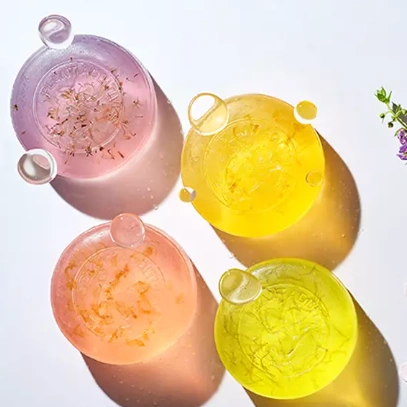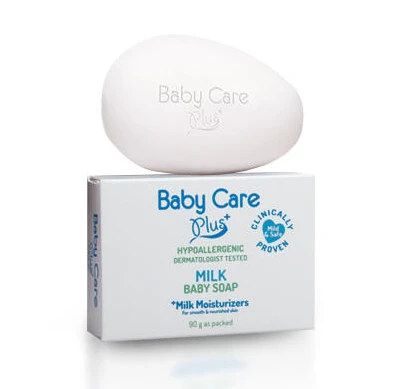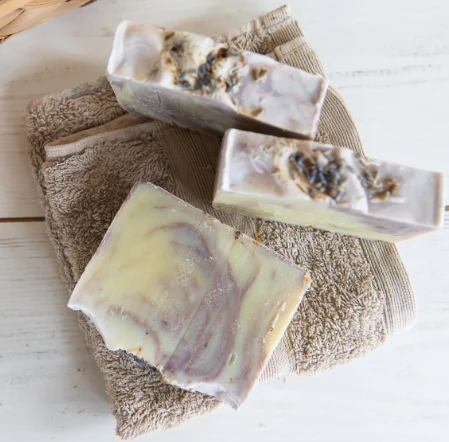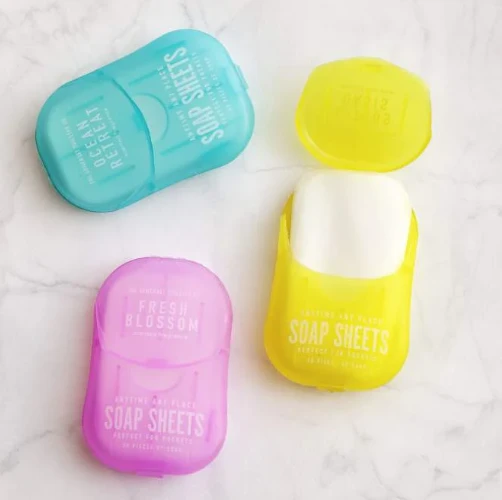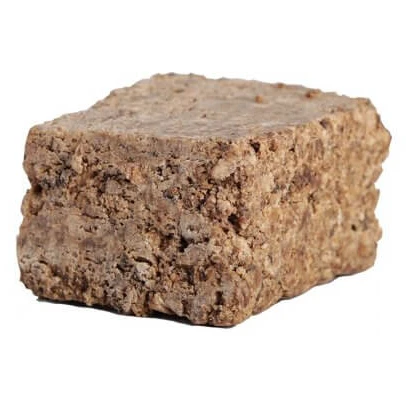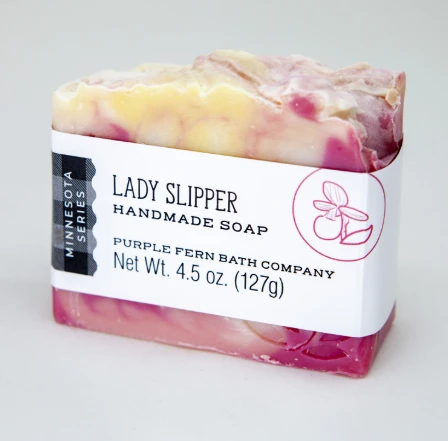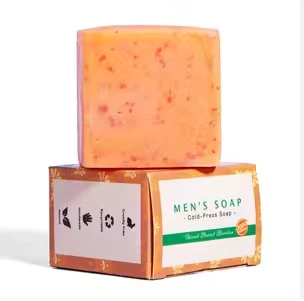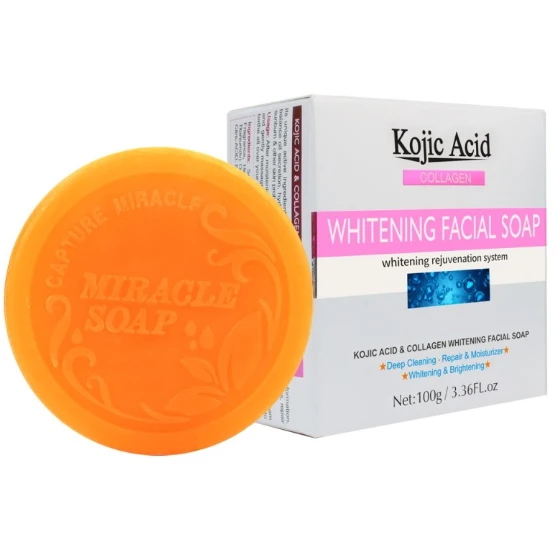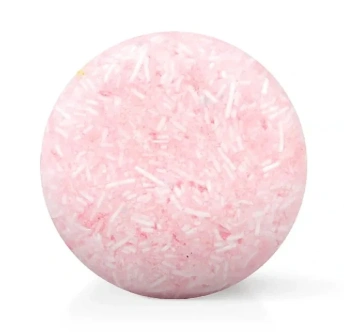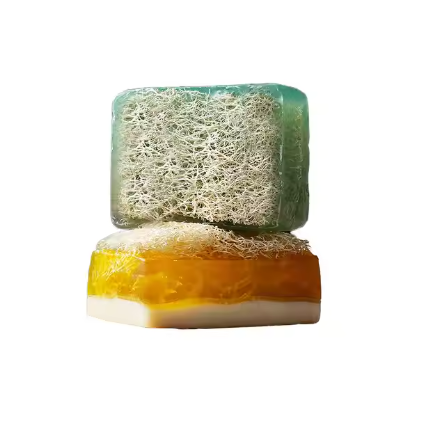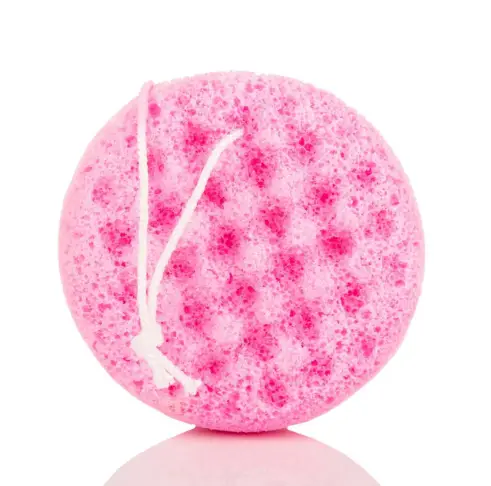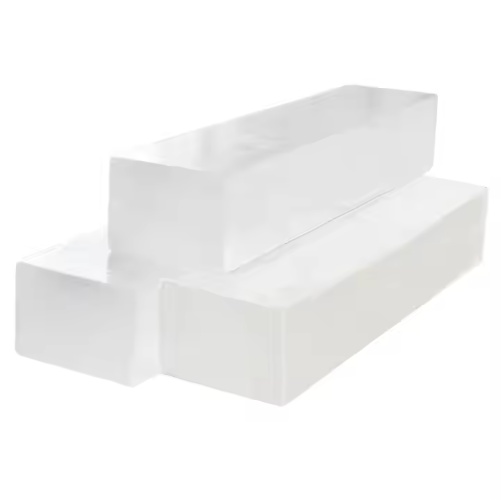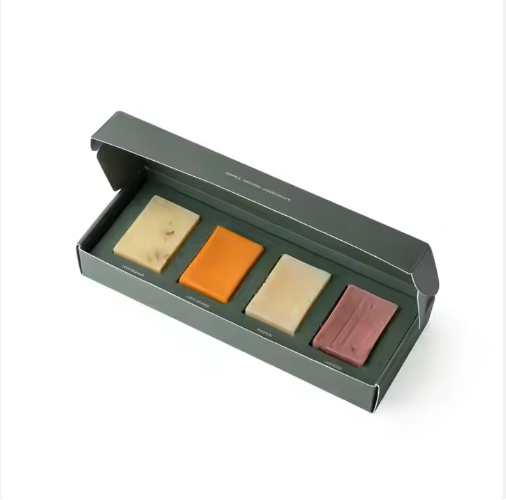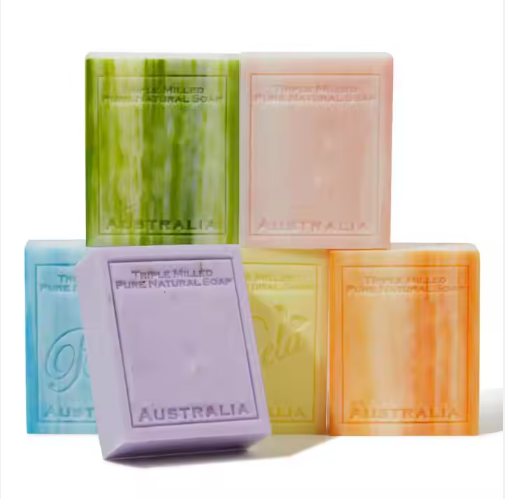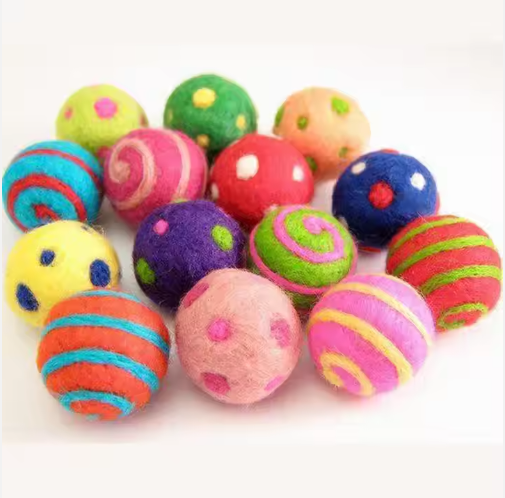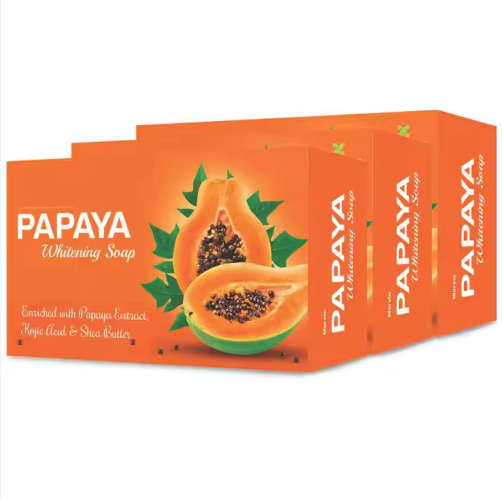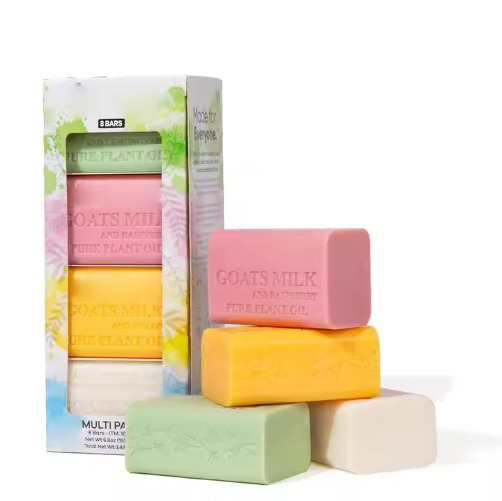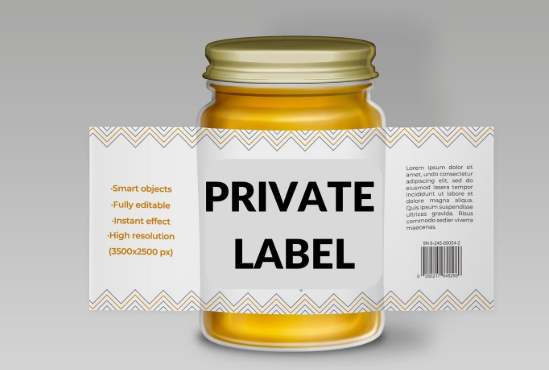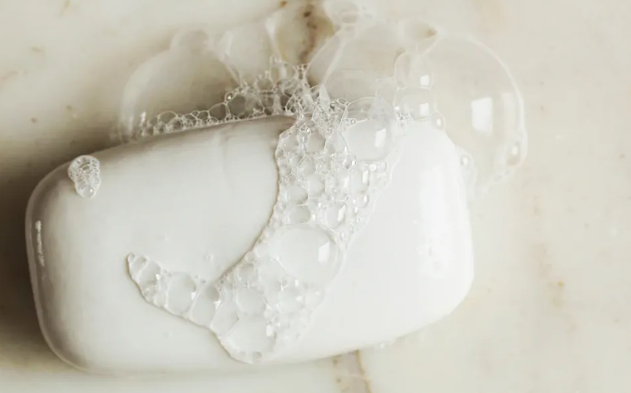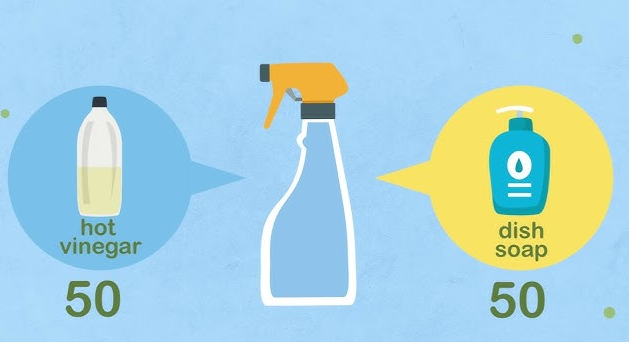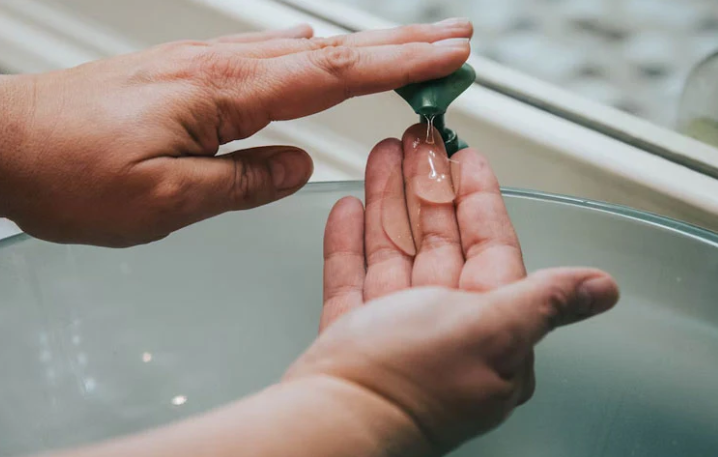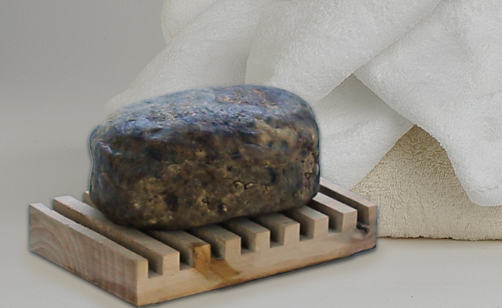How to make goat milk soap at home
What are the ingredients in goats milk bar soap?
Sodium Olivate (Saponified Olive Oil), Sodium Cocoate (Saponified Coconut Oil), Sodium Stearate (Olive Oil Derived), Aqua (H₂O’s Fancy Name), Cocos Nucifera (Coconut) Oil, Helianthus Annuus (Sunflower) Seed Oil, Olea Europaea Fruit (Olive) Oil, Glycerin (Coconut-Derived, Palm-free), Goat’s Milk (Fresh), Theobroma Cacao (Cocoa) Seed Butter, Fragrance, Tetrasodium Glutamate Diacetate (Naturally Derived, Biodegradable).
What are the Benefits of Goat Milk Soap?
Goat milk soap is known for its soothing properties and rich consistency. The soap is made by combining goat milk with sodium hydroxide to create lye water. The lye is then combined with oils in the traditional saponification process to create soap. By using goat’s milk instead of water to create the lye, you add an abundance of saturated and unsaturated fats to the soap. The saturated fats increase the soap’s lather, and the unsaturated fats enhance its nourishing and moisturizing properties.
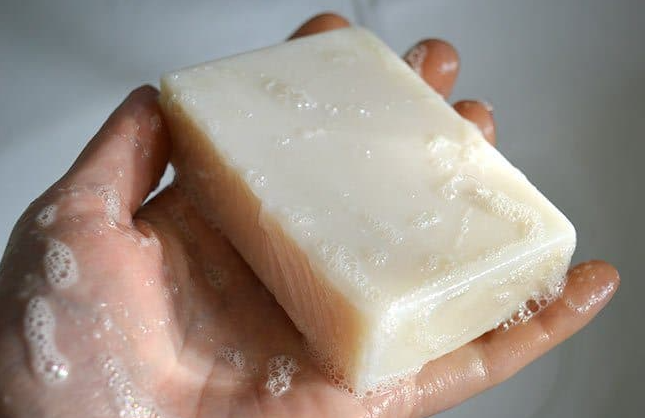
Goat milk soap has many known benefits, especially for sensitive skin. Some of these benefits include:
-
Gentle alternative to synthetic soaps: Many commercially-made soaps contain surfactants, which can strip your skin of moisture and oils. Goat milk soap is high in fats, so it won’t remove the natural fats from your skin barrier. It is also less allergenic than commercial soaps and detergents.
-
Soothes dry skin: Dry skin occurs when your skin’s water levels are low. This is often the result of low lipid levels in your skin’s barrier. Goat milk soap is high in cholesterol and fatty acids, which can help replenish lipids while providing moisture.
-
Rich in nutrients: Goat milk soap contains many essential nutrients and vitamins. It is a good source of vitamin A, which may have anti-aging properties. It also contains selenium, which supports a healthy skin membrane.
- Helps prevent acne: Goat milk soap contains lactic acid, which is a natural exfoliant that removes dead skin cells and prevents your pores from becoming clogged. It is also a much gentler facial cleanser than many commercial products, which contain harsh ingredients that may dry your skin or lead to excess oil production.
How to make goat milk soap at home
Equipment
-
Digital Kitchen Scale
-
digital thermometer
-
Immersion blender
-
Stainless steel pan for melting the solid oils
-
A large bowl for measuring the liquid oils into
-
heat-proof jug
-
silicone spatula
-
small fine-mesh sieve (strainer)
-
silicone soap mold (3.5 x 8 x 2.5 inches) (or silicone cavity molds, or a slab mold)
-
Ice cube tray
-
safety goggles
-
rubber gloves (or nitrile)
Materials
Lye solution
- 107 g sodium hydroxide 3.77 oz
- 100 g distilled water 3.5 oz
- 100 g Goat milk 3.5 oz
Solid oils
- 200 g Coconut oil (refined) 7.05 oz
- 150 g Shea butter 5.29 oz
Liquid oils
- 400 g Olive oil 14.11 oz
- 50 g Castor oil 1.76 oz
Add at Trace
- 7 tsp Lavender essential oil Optional
Instructions
Freeze the Goat Milk
-
Pour the goat milk into an ice cube tray and freeze.
Prepare to Make Goat Milk Soap
-
Cold-process soapmaking is chemistry, and this recipe uses lye. Lye is a caustic substance that is completely neutralized in the soapmaking process, but it can be harmful if not handled correctly. Please read this soap making safety guidance before proceeding.
-
Get organized before you make your batch of soap. Have safety equipment ready, including goggles and gloves, and that you're dressed appropriately with long sleeves and flat, comfortable footwear. Have the soapmaking equipment laid out, ingredients pre-measured, and ensure you'll be work undisturbed.
Make the Lye Solution
-
Put on your rubber gloves and eye protection (goggles), and set yourself up in an area with good ventilation. Next to an open window or outdoors is perfect. Pour the sodium hydroxide into the water and stir with a stainless steel spoon. Be careful not to breathe in the fumes. Stir until the lye is completely dissolved, and then set the jug aside to cool to 100°F (38°C).
-
When the lye solution has cooled, add all of the goat milk ice cubes to the jug. Allow the cubes to melt and for the lye solution to lower to room temperature — that’s between 68-72°F (20-22°C)
Melt the Solid Oils
-
As soon as you add the ice cubes to the lye solution begin melting the solid oils. In a stainless steel pan, heat the coconut oil and shea butter on very low heat until just liquefied. They’ll melt quicker than you think so don’t be tempted to turn up the heat.
Add the Liquid Oils
-
When the solid oils are melted, take the pan off the heat and pour in the liquid oils. If you pour the liquid oils against a spoon or spatula held just inserted in hot oils, it will help to reduce air bubbles. Pouring it straight in is the main cause of air bubbles in your bars, but pouring it against something will help stop that from happening. The oils flow down into the other oils rather than splashing in.
-
Being already room temperature, they’ll cool the hot oils down. Stir well and keep an eye on the temperature. You want the oils to cool to 90°F (32°C).
Pour the Lye Solution into the Oils
-
When the lye solution is fully melted, and the oils are at the right temperature, pour the lye solution into the oils. Again, pour the lye solution against a spoon or other implement to reduce air bubbles. It's also good practice to pour the lye solution through a fine-mesh sieve to catch any undissolved bits of lye.
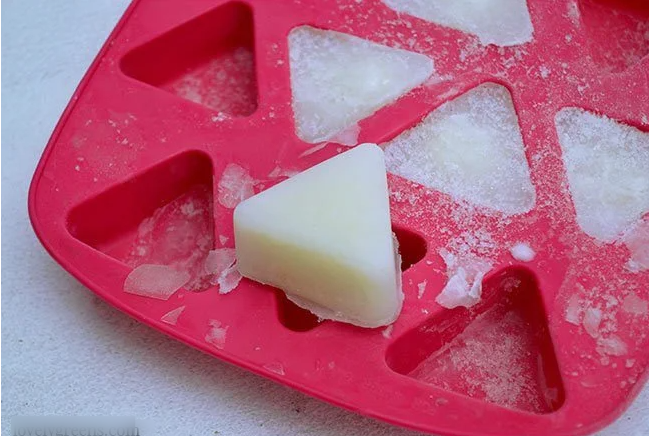
Make the Goat Milk Soap
-
Immerse a stick blender (immersion blender) into the pan and use it (turned off) to stir the contents together. Then bring the stick blender to the middle of the pan, hold it still, and pulse for a couple of seconds. Repeat the stirring and pulsing until the mixture begins to thicken. It will take a couple of minutes, and the consistency will change to that of warm custard. If you dribble some of the soap batter from the stick blender back down, you'll also see trails forming on the surface.
-
If you're using the optional lavender essential oil, you can stir it in now.
Mold and Cool the Goat Milk Soap
-
Pour the soap into your preferred mold, whether it’s a silicone mold, an empty paper milk carton, or something else. Protect the exposed part of the soap with plastic wrap and pop the mold into the refrigerator. Leave it there for 12-24 hours


